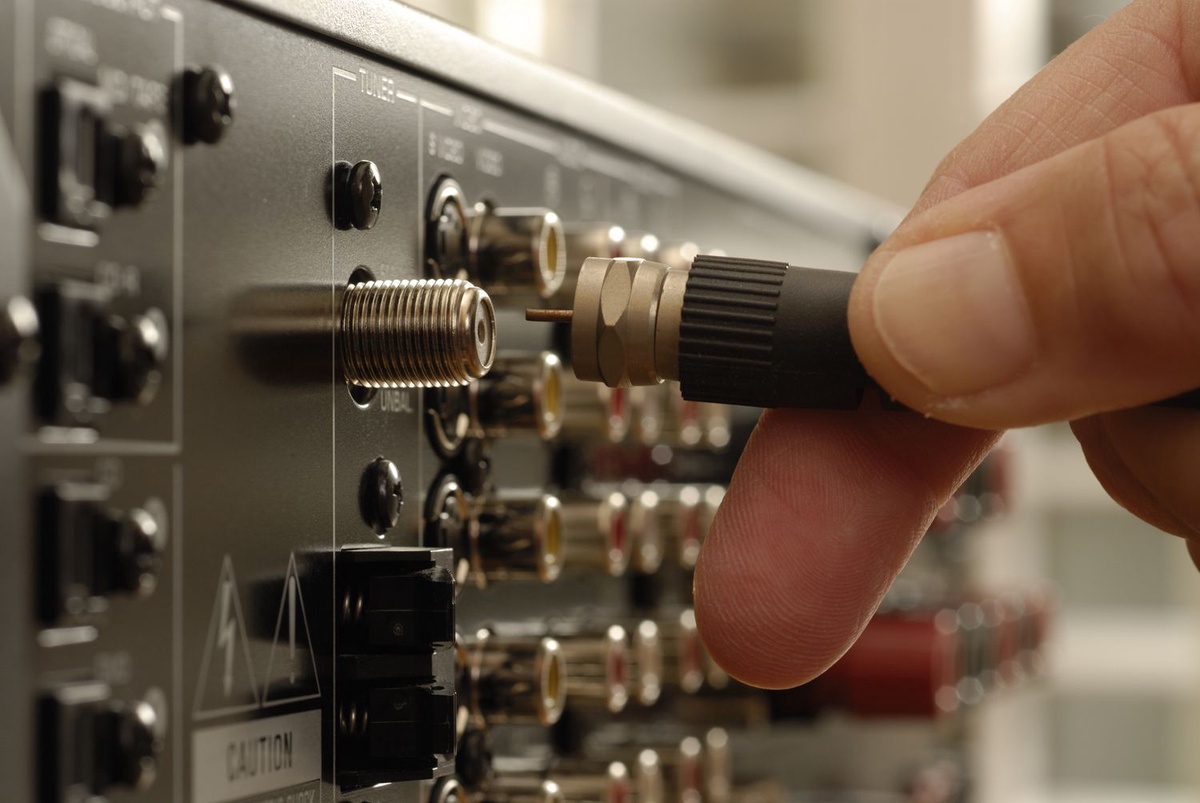It's vital to grasp the basics of their technology to comprehend the workings of audio amplifiers. Audio amplifiers are essential components in audio systems that increase the power of an audio signal to drive speakers or headphones. Understanding the key concepts behind audio amplifier technology can help make informed decisions when choosing or using amplifiers.
Amplification Principles: Voltage, Current, and Power
Amplifiers operate based on three fundamental principles: voltage amplification, current amplification, and power amplification. Voltage amplification involves increasing the voltage level of the audio signal, allowing it to drive the speakers effectively. Current amplification focuses on boosting the current flowing through the speakers to produce sufficient audio power. Power amplification combines voltage and current amplification to deliver the necessary electrical power to the speakers for producing audible sound.
Amplifier Classes and Efficiency
Amplifiers are categorized into different classes based on their circuit design and efficiency. The most common classes include Class A, Class AB, Class D, and Class H. Class A amplifiers provide excellent sound quality but have lower efficiency as they continuously consume power even when no audio signal is present mini amplifier. Class AB amplifiers combine the benefits of Class A and Class B amplifiers, striking a balance between sound quality and efficiency. Class D amplifiers use pulse-width modulation (PWM) to switch the audio signal rapidly, resulting in high efficiency but potentially lower sound quality. Class H amplifiers incorporate voltage regulation to improve efficiency by dynamically adjusting the supply voltage.
Signal-to-Noise Ratio and Distortion
Signal-to-noise ratio (SNR) and distortion are critical parameters in audio amplifier performance. SNR measures the ratio of the desired audio signal to the background noise the amplifier introduces. A higher SNR indicates cleaner and more precise sound reproduction. Distortion, however, refers to any alteration or unwanted changes the amplifier introduces to the audio signal. Lower distortion levels ensure faithful and accurate reproduction of the original audio signal.
Output Power and Impedance Matching
Output power is a crucial consideration when selecting an audio amplifier. It determines the maximum volume level the amplifier can deliver without distortion. Matching the amplifier's power output with the impedance rating of the speakers is essential for optimal performance. Mismatched impedance can result in power transfer issues, distortion, or even damage to the amplifier or speakers.
Conclusion
Understanding the basics of audio amplifier technology empowers individuals to make informed decisions when selecting, using, or troubleshooting amplifiers. Knowing amplification principles, amplifier classes, efficiency considerations, signal-to-noise ratio, distortion, output power, and impedance matching helps evaluate and compare different amplifier options. By grasping these fundamentals, individuals can make better choices in building audio systems that meet their sound quality, efficiency, and compatibility needs.


No comments yet